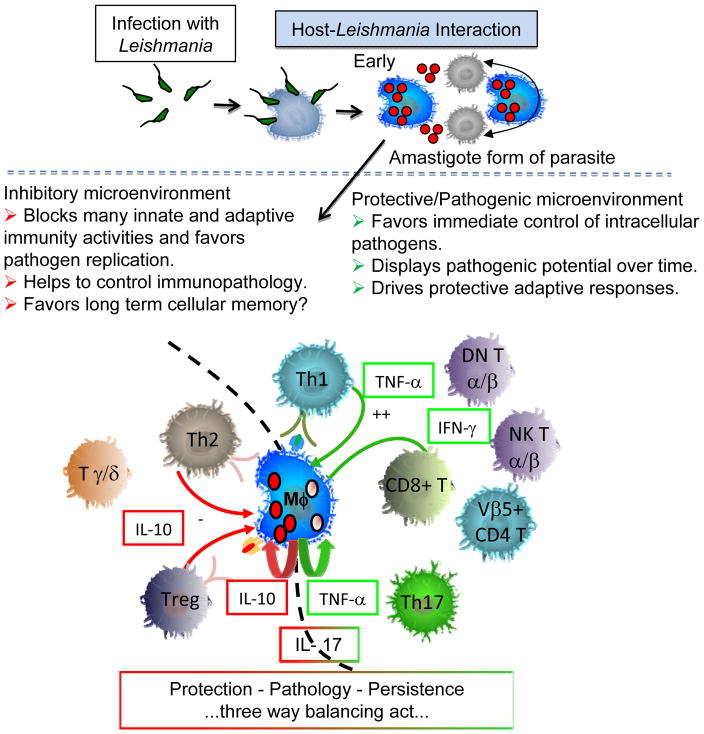Figure 3. Protection - Pathology – Persistence, three way balancing act.
After the initial introduction of the pathogen within the host, the infective form of the parasite quickly parasitizes host macrophages and converts to the amastigote, intracellular replicating form of the parasite. This initial interaction between the host and parasite is paramount for establishing the infection and directing the subsequent adaptive immune response. Both parasite and host factors interact to culminate in a beneficial or detrimental host-parasite interaction, which is dependent on multiple factors. However, it is clear that the macrophage itself will be more effective at killing Leishmania under a cytokine environment rich in IFN-gamma and TNF-alpha, and that IL-10 can act to reduce macrophage production of TNF-alpha and parasite killing.

